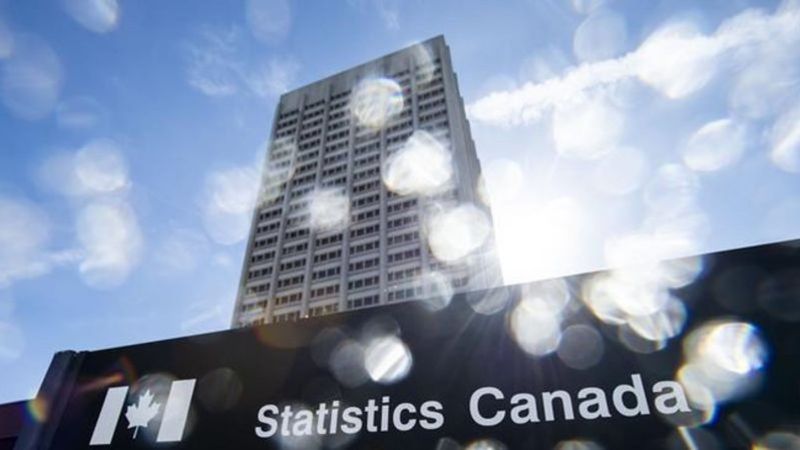
Canadian economic growth lags expectations
OTTAWA, ONT – The Canadian economy grew at an annual rate of 3.3 per cent in the second quarter, bringing the quarterly reading below estimates and an early look at July suggests a contraction.
Statistics Canada released its latest reports on monthly and quarterly real gross domestic product on Wednesday morning, which showed the economy expanded for a fourth consecutive quarter, driven by increased businesses and household spending.
According to the federal agency, real GDP grew by 0.8 per cent in the second quarter, with the economy staying flat in May before seeing growth of 0.1 per cent in June.
Growth in the second quarter is down from the agency’s preliminary estimate of 4.6 per cent annualized growth.


